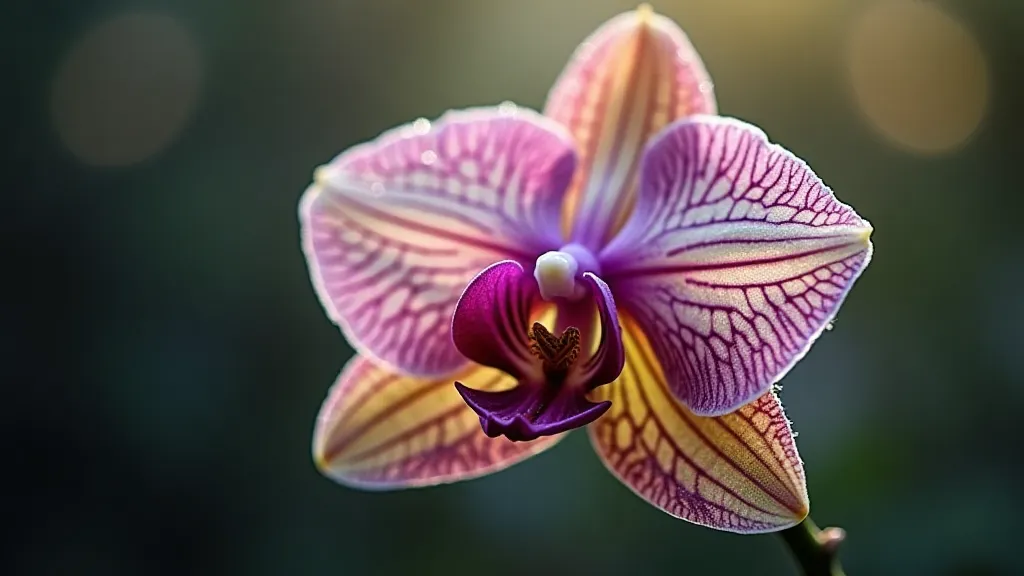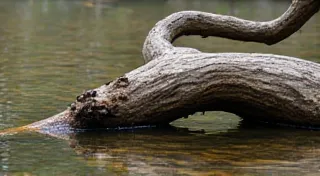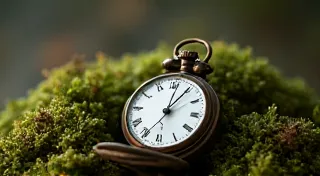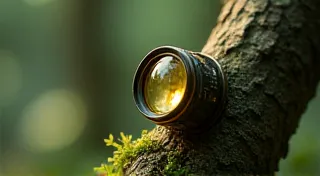Petal Dust and Memory: The Fragility and Power of Orchid Pollination
There's a particular scent that haunts my memory – a blend of damp earth, decaying leaves, and something indefinably sweet, like honeyed whispers. It’s the scent of my grandfather’s greenhouse, a humid, vibrant cathedral dedicated to the pursuit of beauty. He cultivated rare orchids, and it was amidst those exotic blooms that I learned a profound lesson, not just about botany, but about patience, dedication, and the poignant beauty of fleeting moments. The act of orchid pollination, seemingly simple in its mechanics, felt to me then, and remains now, a powerful metaphor for the creative process itself.
My grandfather, a quiet, meticulous man, saw orchids not merely as plants, but as puzzles. Each species, each hybrid, was a unique challenge, a testament to nature's ingenious complexity. He's also a lover of antique accordions, a parallel passion that spoke to his appreciation for intricate craftsmanship and the resonance of forgotten melodies. He believed both the accordions and orchids, held stories within them, whispered secrets to those willing to listen with a patient heart.
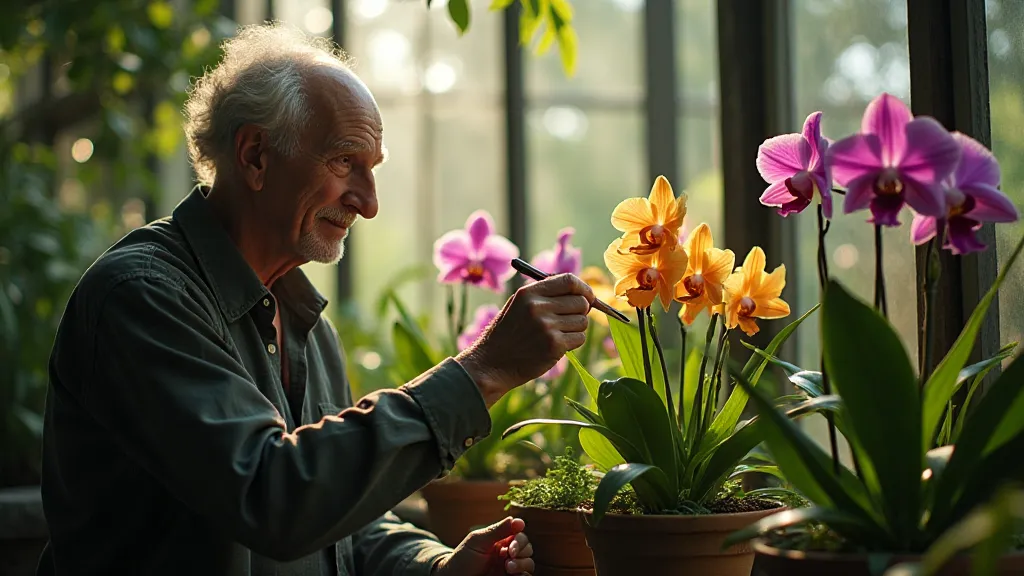
The Dance of the Pollinators
Orchids, famously, are notoriously picky about who they let participate in their reproductive dance. Unlike many plants, which rely on wind or general insect pollination, most orchid species have evolved elaborate strategies to attract very specific pollinators – moths, bees, wasps, even birds. This specificity is born of necessity. The orchid, a persistent survivor, has to ensure its pollen reaches the right recipient to thrive. It’s a relationship built on co-evolution, a delicate bargain struck over millennia.
Consider the Angraecum sesquipedale, the Darwin’s Orchid. When Charles Darwin first encountered it, he predicted (correctly!) the existence of a moth with an incredibly long proboscis, long enough to reach the flower’s nectar, and, crucially, to pick up the pollen. The flower’s spur, a long, tubular extension, seemed impossibly long – too long for any known moth to reach. Yet, nature, ever the artist, provided. The *Xanthopan morganii praedicta*, or long-tongued moth, evolved to perfectly fulfill the orchid’s requirement. It’s a story of profound interdependence, a testament to the power of selective pressure.
The Hand of the Cultivator: Mimicking Nature
But what happens when the natural pollinators are absent, as they often are in cultivated settings? Or when a rare species, nearing extinction in the wild, struggles to reproduce? That’s where the cultivator steps in, becoming a surrogate pollinator. It's a process that demands not only botanical knowledge, but also an artist’s eye and a surgeon’s precision.
My grandfather taught me the delicate art. Using a tiny paintbrush, he’d meticulously collect pollen from the anther – the male reproductive organ – and carefully transfer it to the stigma, the female receptive surface. It was a task that required stillness, focus, and a deep respect for the fragility of life. One wrong move could damage the flower, rendering it unable to produce seed. The feeling of accomplishment, when a pollination was successful, was immeasurable.
There’s a parallel here to the writing process, I realized. A story, like an orchid, needs specific ingredients to flourish: a compelling premise, carefully chosen words, a clear understanding of the narrative arc. Just as a pollinator carries pollen from one flower to another, inspiration can arrive unexpectedly, carried on the breeze of a conversation, the scent of rain, or the flicker of a memory. But inspiration alone isn't enough. It must be carefully nurtured, patiently developed, and skillfully translated into a tangible form.
The Echoes of Craftsmanship
My grandfather’s passion wasn's limited to orchids. He was equally captivated by antique accordions. He’s kept several in his workshop, meticulously cleaning and restoring them. Each key, each bellows, held a history - a life played in some ballroom, or a lullaby whispered to a child. It wasn't simply about fixing the instruments; it was about preserving their stories, breathing new life into forgotten melodies.
“Everything crafted with care leaves its mark,” he would say, gesturing to the intricate carvings on an accordion’s casing or the delicate veining of an orchid's petal. "It’s a conversation between the creator and the world, a testament to the enduring power of human ingenuity." The same principles applied to both his orchids and his accordions.

Fragility and Persistence
The beauty of orchids lies not only in their exquisite form, but also in their vulnerability. They are a constant reminder that even the most magnificent creations are subject to the relentless march of time. A sudden frost, a fungal infection, a simple miscalculation – any of these can spell disaster.
The same holds true for creative endeavors. A story, like a rare orchid, can be easily lost, forgotten, or corrupted. The path to completion is often fraught with challenges – writer's block, self-doubt, the relentless pressure of external criticism. But just as the orchid perseveres, drawing sustenance from the earth and light from the sun, the writer must summon the courage to continue, to refine, to endure.
My grandfather’s greenhouse is gone now, replaced by a modern development. But the scent lingers in my memory, a poignant reminder of the lessons he taught me – the importance of patience, the beauty of fragility, and the enduring power of perseverance. He showed me that true artistry lies not just in the creation of something beautiful, but in the willingness to nurture it, to protect it, and to celebrate its fleeting existence.
The act of orchid pollination, for me, remains a powerful metaphor – a dance of dependence and vulnerability, a testament to the interconnectedness of all things, and a reminder that even the smallest act of care can have a profound and lasting impact.
